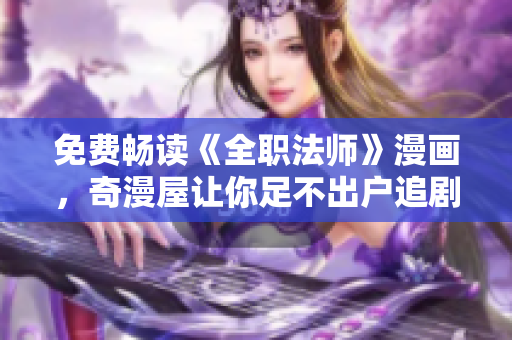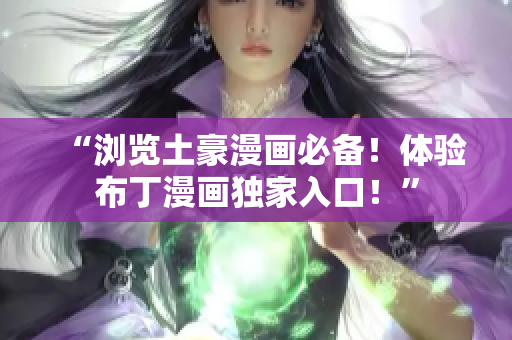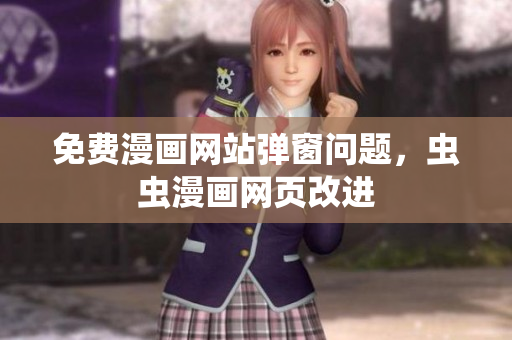Introduction
Western civilization has produced some of the world's most significant and inspiring works of art and culture. From the Renaissance to the present day, these works have influenced generations of artists and thinkers. At the same time, the expansion of 5G networks in mainland China has brought new opportunities for technological innovation and economic growth. However, the pressures of modern life, including academic demands, gaming addiction, and even violence, can undermine our appreciation of beauty and creativity. This essay explores the connections between western art, 5G technology, education, and society, in order to better understand the role of culture in our lives.
Western Art and Culture
Western art and culture have a history dating back thousands of years. From ancient Greece and Rome to the Renaissance and beyond, western civilization has produced some of the greatest achievements in architecture, sculpture, painting, music, literature, and philosophy. These works often express human values and emotions, such as beauty, love, struggle, and faith, in profound and moving ways. They also reflect the diversity and complexity of the western world, as well as its interactions with other cultures and civilizations.
5G Technology and Innovation
5G technology is the latest advancement in cellular networks, offering faster speeds, lower latency, and broader coverage than previous generations. It enables new applications and services, such as virtual reality, augmented reality, smart cities, and connected cars. 5G networks are also key to the development of the Internet of Things (IoT), which connects devices and sensors to collect and share data in real-time. These technologies have the potential to revolutionize industries, such as healthcare, transportation, education, and entertainment, as well as enhance our daily lives in many ways.
Educational Challenges
Despite the benefits of 5G technology, some educational challenges remain. For example, students may become too reliant on digital devices and online resources, rather than developing critical thinking, creativity, and social skills. They may also face pressure to achieve high grades and compete with their peers, rather than explore their interests and passions. In addition, teachers may struggle to adapt to new teaching methods and technologies, as well as address the diverse needs and backgrounds of their students.
Gaming Addiction and Violence
Gaming addiction and violence are other issues that can affect students' academic performance and well-being. Excessive gaming can lead to physical and mental health problems, such as obesity, eye strain, insomnia, and depression. It can also interfere with academic work and social relationships, as well as expose young people to inappropriate content and cyberbullying. Furthermore, some games may promote violence, aggression, and sexism, which can shape students' attitudes and behavior in harmful ways.
The Ethics of Gambling and Cheating
Another controversial issue in modern gaming is the use of microtransactions, loot boxes, and other forms of in-game currency or items that can be purchased with real money. Some critics argue that these features exploit players' addiction and urge to win, creating a form of gambling that is unregulated and unpredictable. They also point out that some players may use illegal or unethical means, such as cheating and hacking, to gain advantages or rewards. This raises ethical questions about the fairness and integrity of gaming, as well as its impact on young people's moral development.
The Significance of Southeast Asian Early Childhood Education
Finally, the scarcity of early childhood education programs in Southeast Asia is a significant challenge for the region's future development. Early childhood education is essential for children's cognitive, social, and emotional development, as well as their lifelong learning and well-being. However, many children in Southeast Asia do not have access to quality preschools or kindergarten programs, due to poverty, lack of infrastructure, and cultural attitudes. This can lead to achievement gaps, low literacy rates, and social inequality, which can hamper the region's economic growth and stability.
Conclusion
In conclusion, western art, 5G technology, education, and society are interconnected in complex ways that reflect the opportunities and challenges of our time. By appreciating the beauty and creativity of western art, while embracing the potential and limitations of 5G technology, we can cultivate a culture that values innovation, diversity, and dialogue. Furthermore, by addressing the educational, ethical, and social issues of today's world, we can prepare young people to become responsible and compassionate global citizens, who can contribute to the development of their communities and beyond.









